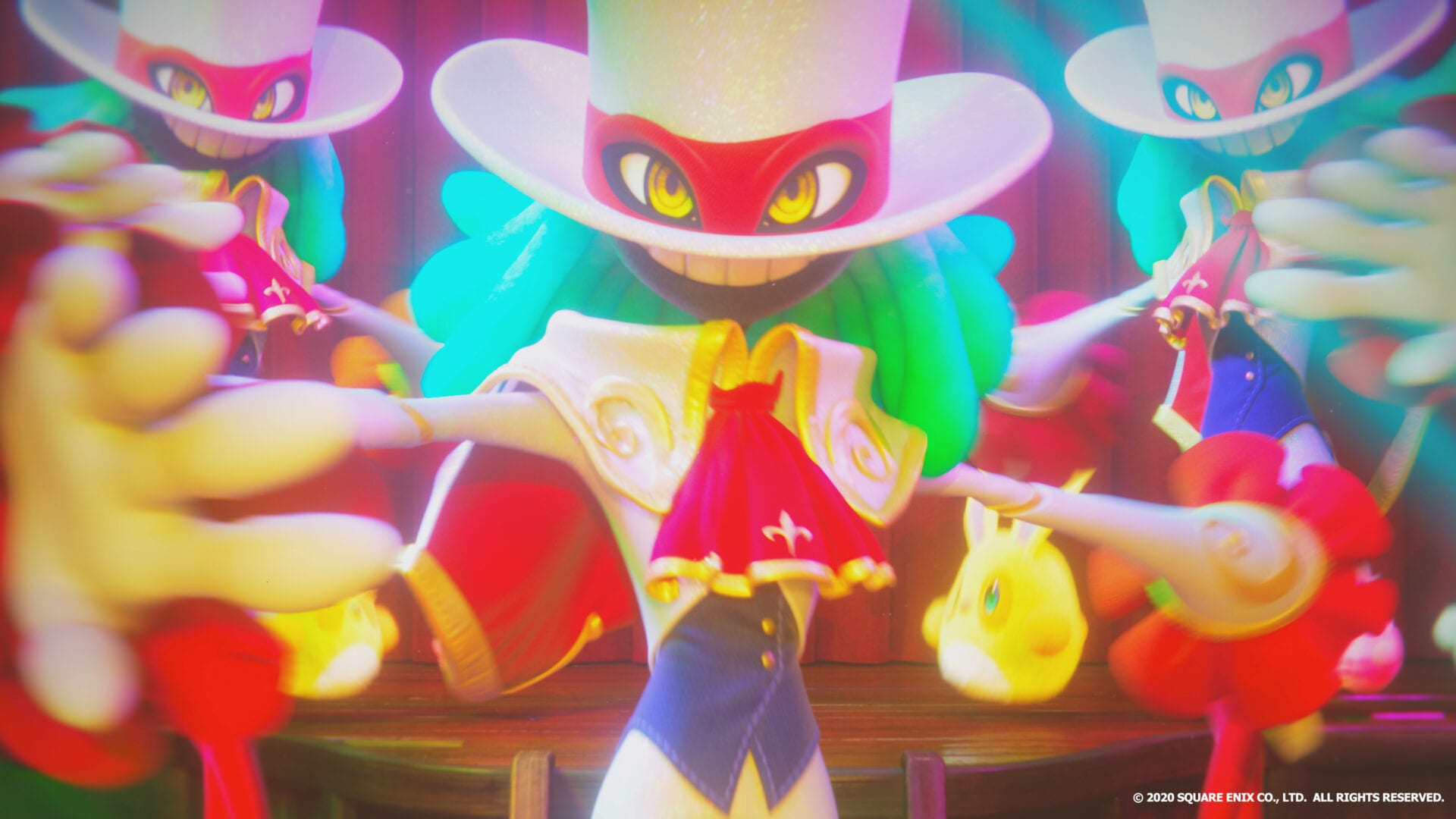
Platformers like Croc and Spyro spearheaded the platformer genre, only for games like Crash Bandicoot to upend the marching order and get right into the pole position. Whether this is meant to evoke the charm of the old PlayStation 2 and Xbox 360 era, is unknown. Is this what gaming was like twenty years ago?īalan Wonderworld is, without a doubt, a game twenty years late. The issue here is that none of these things seem to have a clear link besides how some power-ups assist in beating some levels, and how some levels contain some crystal drops. The safe assumption is that the game simply wants to give players things to do, with clear-cut goals: feed the Tims, fix the Clock beat all stages, stop Lance in his tracks see what all power-ups do, and so on. The reason this is an assumption comes mainly down to two things: it is never explained in the game why Tims need to be fed, and it is never explained what the Clock of Happiness does once it is repaired.
Balan wonderworld gameplay full#
Feeding the Tims enough will eventually result in a full repair of the Clock of Happiness, which I assume is one of the requirements for finishing the game. It also houses blobby (or perhaps fluffy?) creatures called Tims that feed off crystal drops players can collect throughout the game. Occasionally a character called Lance, Balan’s counterpart, will pop up and offer a few words of discouragement. The game features a mini-hub called Isle of Tims where players can hang out and… do nothing, as they move from stage to stage. Do players need to be able to turn into a box if they can already sneak by unseen and quickly as a spider or reach super high spots as a viney robot thing? The issue, however, is how there seem to be so many power-ups and abilities that they start to feel redundant just a few hours in. These abilities are dished out early on as well, which serves to give players a good power trip. It is very clear that Arzest and Balan Company found a lot of inspiration in Nintendo’s flagship platformer, where every ability gives the character a new costume and a power that goes along with it. To its credit, the abilities and power-ups feel quirky and unique.

In the game, players go through the usual platformer loops: collect resources (gems), gather collectables, and acquire power-ups and new abilities. Unfortunately, it embraces some very dated design decisions that harken back to the 90s. It has the makings of taking on the likes of Sackboy, and even Crash. The total lack of narrative is unusual, and makes very little sense.Īt first glance, Balan Wonderworld looks like any modern platformer. There are also no cutscenes beyond this point. Beyond this opening cutscene, there is no story to write about. It is up to the children to save the day and, on the way, find themselves. Once there, they figure out that Balan’s evil counterpart is feeding on people’s fears. They are two kids who suffer from personal insecurities and anxieties, and who come across a mysterious theatre wherein a jester-like figure called Balan whisks them away to Wonderworld. Sadly, none of this is enough to save it from being a truly mediocre experience.Īs the opening cutscenes play out, the player becomes privy to the fact that they are controlling Leo or Emma (or both in the co-op mode). To its credit, there are a lot of Japanese-Roleplaying game charms mixed into its aesthetic, which also makes use of some super weird set-piece designs. In reality it is far from wondrous, with countless potential hours wasted on trying to do simple tasks and getting used to the unusually stiff controls.

This is exactly what Balan Wonderworld does.īalan Wonderworld is a self-described “wondrous action-platformer game themed around mysterious musical theatre”.

Every once in a while, however, a title comes along and tries its damnedest to harness nostalgia for a modern audience only to fail miserably. Flying through hoops and bounding off crystals as you headbutt things in Spyro swiping boxes and freeing Gobos in Croc or even just going through some of the most simplistic of gameplay loops in Nights Into Dreams – these are all examples of gameplay suited to their time and which cannot be replicated in modern titles without improvement. There are countless older titles that developers will simply not be able to replicate again.


 0 kommentar(er)
0 kommentar(er)
